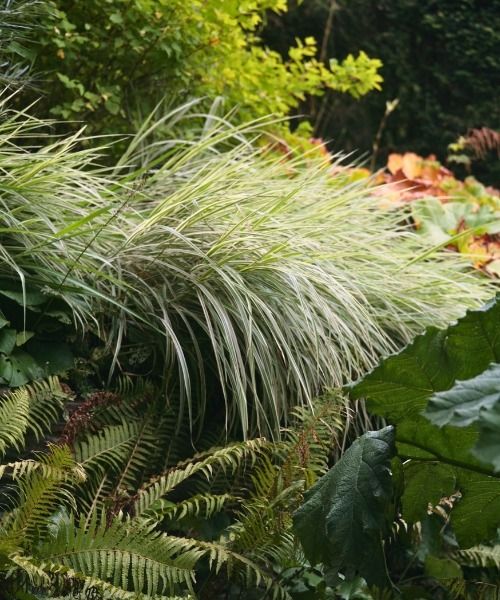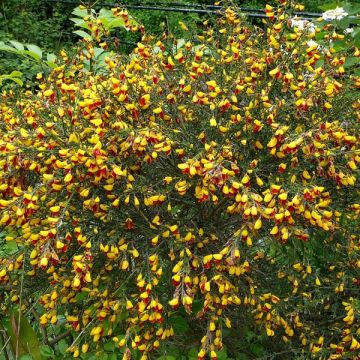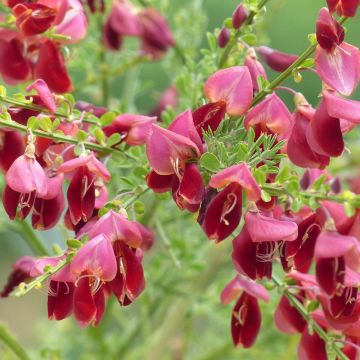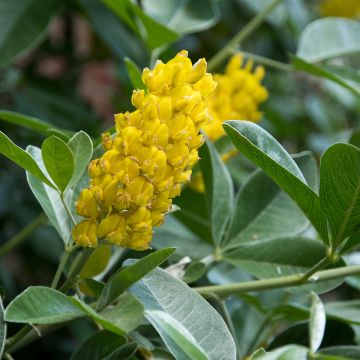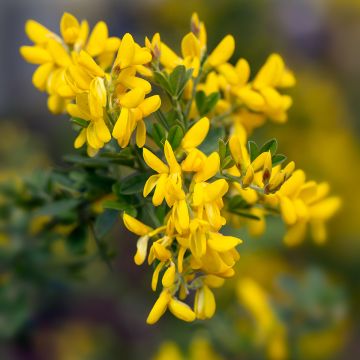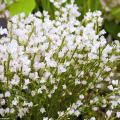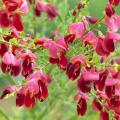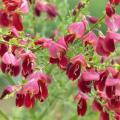Brooms for informal hedges
Does this plant fit my garden? Set up your Plantfit profile →
Available in 2 sizes
Available in 2 sizes
Available in 1 sizes
Available in 1 sizes
Available in 1 sizes
Available in 1 sizes
Available in 1 sizes
A selection of brooms to plant in an informal flowering hedge. These are bushy plants of beautiful stature, reaching or exceeding 2m (7ft) in height, like Genista 'Porlock', Spartium junceum or Cytisus scoparius 'Burkwoodii'. All flowering in spring, easy to grow, fast-growing and hardy, they possess all the qualities that characterise hedge shrubs. The choice of colours is varied in the broom (Cytisus scoparius), ranging from white to yellow and red, through to pink and flamboyant multicoloured tones or tender pastels. Examples include the cultivar 'Andreanus', covered with gold-yellow nectar-rich flowers with purple-red wings in May-June. In milder regions which are not too cold in winter, you can plant the pineapple broom Cytisus battandieri, a small tree with yellow summer flowers with the scent of pineapple, and the Etna Broom (Genista aetnensis) which resembles a mimosa covered with fragrant flowers in May-June. Laburnum, also hase a place in a large flowering hedge.
Brooms are generous yet frugal shrubs that generally thrives in poor and fairly dry soil in summer. It deserves a prominent place in the garden. It can be associated with many foliage shrubs, or with spring flowering or staggered flowering shrubs.
Haven't found what you were looking for?






























